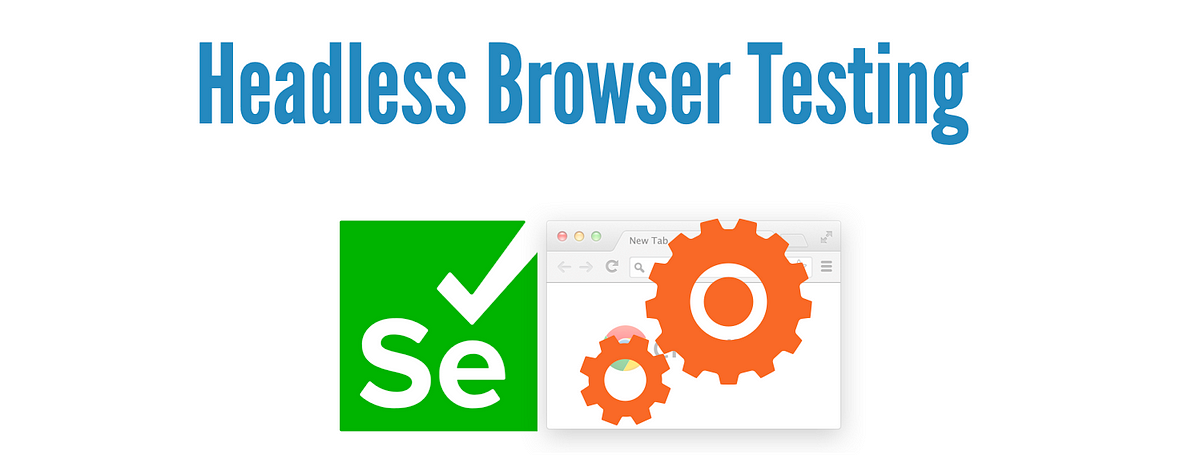Proxy Servers for Headless Testing

Proxy servers for use in Headless Testing. Unlimited traffic. Supported protocols: HTTP, HTTPS, SOCKS 4, SOCKS 5, UDP. Rotating proxies with pay-per-request. Reliable and stable connection with 99.9% uptime. Fast speed. Technical support 24/7.
Price: 59
Price Currency: USD
Operating System: Windows, macOS, iOS, Android, Linux, Ubuntu
Application Category: UtilitiesApplication
5
What is Headless Testing Used for and How Does it Work?
Headless testing is a crucial component of modern software development and quality assurance. It refers to the practice of running automated tests on web applications without the need for a graphical user interface (GUI). Instead, headless testing operates in the background, interacting with the web application programmatically.
Why Do You Need a Proxy for Headless Testing?
When conducting headless testing, especially at scale, using proxy servers can be a game-changer. Proxy servers act as intermediaries between your testing environment and the internet, offering several compelling benefits for headless testing scenarios:
-
IP Rotation: Proxies allow you to rotate IP addresses, which is essential for testing the behavior of your web application under different geolocations and network conditions.
-
Anonymity: Proxies provide a layer of anonymity, making it difficult for websites to identify and block your testing activities. This is especially important for web scraping or data gathering tasks.
-
Load Distribution: By distributing requests through multiple proxy servers, you can avoid overloading a single IP address, ensuring smoother and more reliable testing.
-
Security: Proxies can act as a buffer between your testing environment and potentially malicious websites, protecting your infrastructure from security threats.
Advantages of Using a Proxy with Headless Testing
Let’s delve deeper into the advantages of integrating proxy servers into your headless testing workflows:
| Advantage | Explanation |
|---|---|
| Geolocation Testing | Proxies allow you to test how your application performs in different regions by routing traffic through specific proxy servers located in those regions. |
| Scalability | With proxy servers, you can easily scale your testing efforts to simulate a large number of users or requests, ensuring your application can handle high loads. |
| Content Localization | Test content localization by accessing websites as if you were in a particular country, enabling comprehensive testing for global audiences. |
| Data Privacy Compliance | For applications handling user data, proxies can ensure compliance with data privacy regulations by anonymizing user IP addresses during testing. |
What Are the Сons of Using Free Proxies for Headless Testing
While proxies offer numerous advantages, it’s essential to be aware of the potential drawbacks, especially when considering free proxies:
| Disadvantage | Explanation |
|---|---|
| Reliability | Free proxies are often unreliable, with slow response times and frequent downtime, which can disrupt testing activities. |
| Security Risks | Free proxies may not provide adequate security, leaving your testing environment vulnerable to malicious actors. |
| Limited Geolocation Options | Free proxies typically offer a limited range of geolocations, restricting your ability to test in specific regions. |
| IP Blocks and CAPTCHAs | Websites may detect and block traffic from free proxies, leading to CAPTCHAs and other obstacles during testing. |
| Data Privacy Concerns | Free proxies may log your data, potentially compromising the confidentiality of your testing activities and data. |
What Are the Best Proxies for Headless Testing?
When choosing proxies for headless testing, it’s crucial to opt for reliable, high-quality proxy providers like OneProxy. Here are some criteria to consider:
-
Reliability: Ensure the proxy provider offers stable and high-performing proxy servers to minimize disruptions during testing.
-
Geolocation Options: Look for a provider with a wide range of geolocations to meet your testing needs.
-
Security: Prioritize providers that offer secure and anonymous proxy solutions to protect your testing environment.
-
Scalability: Choose a provider that can accommodate your testing requirements as your projects grow.
-
Support: Consider providers with responsive customer support to assist you in case of issues or questions.
How to Configure a Proxy Server for Headless Testing?
Configuring a proxy server for headless testing is a straightforward process. Most browser automation tools and libraries, such as Selenium, allow you to set up proxies easily. Here’s a general outline of the steps:
-
Select a Proxy Provider: Choose a reliable proxy provider like OneProxy and obtain the necessary proxy server details (IP address, port, username, password).
-
Configure Your Automation Tool: In your automation script, configure the proxy settings to include the proxy server’s IP address, port, and authentication details.
-
Test Your Configuration: Run a test script to ensure that your automation tool correctly routes traffic through the proxy server.
-
Monitor and Adjust: Continuously monitor the performance of your proxy setup and make adjustments as needed to optimize your testing process.
In conclusion, headless testing is a powerful approach for ensuring the quality and reliability of web applications. When combined with the right proxy servers, it becomes even more versatile, allowing you to test from different locations, maintain anonymity, and scale your testing efforts effectively. Choosing a reputable proxy provider like OneProxy is essential to reap the full benefits of this testing strategy.












